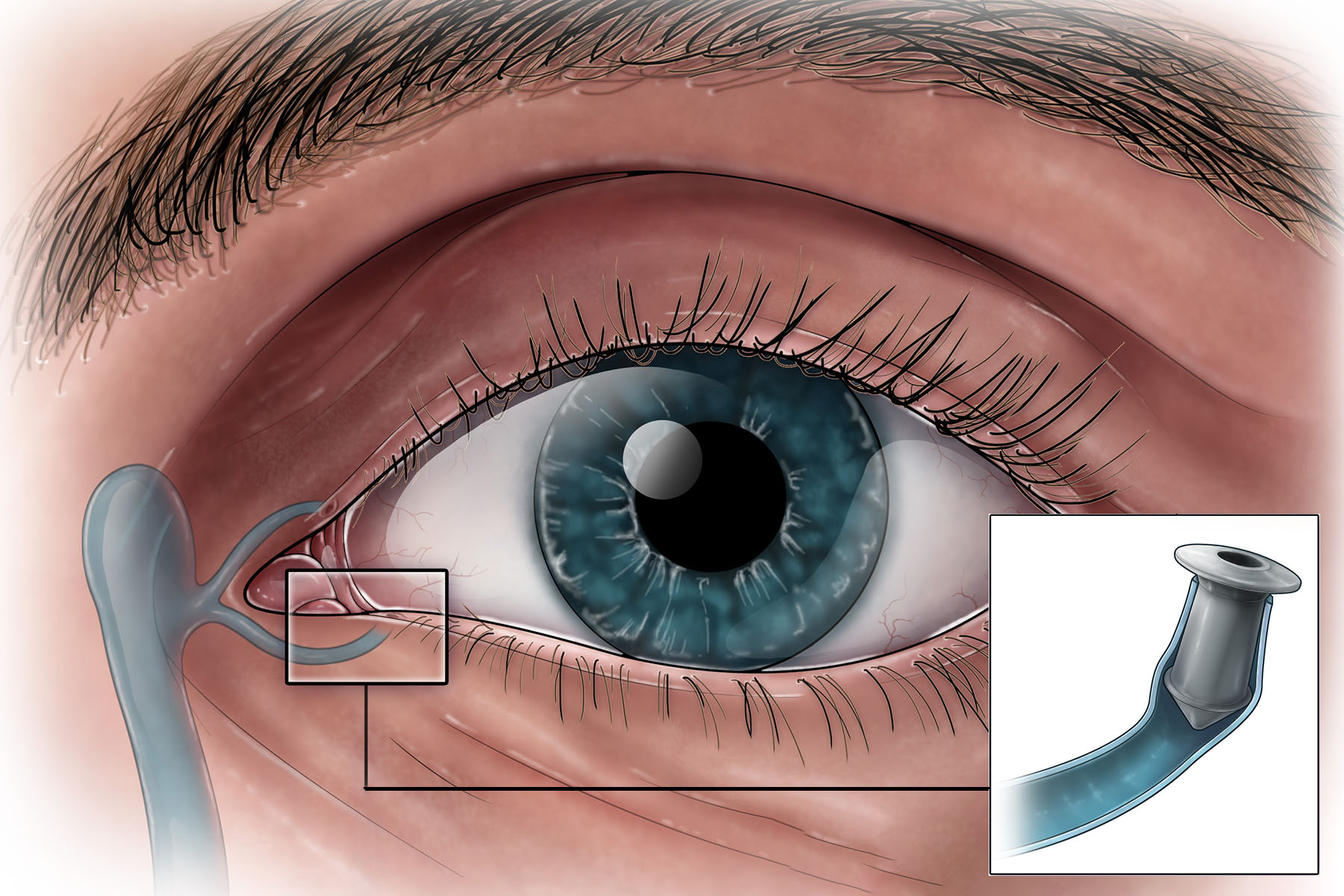C L E A R L Y

Dry Eye Solutions
Personalised Dry Eye Therapy | Relief, Protection & Long-Term Eye Comfort
Dry eye is a very common condition caused by insufficient tears or tears that evaporate too quickly. Tears are essential for keeping the eye lubricated, nourished, and protected. When tear production is insufficient, the eye can feel sore, gritty, or even irritated. If the condition reaches a severe level, damage to the surface of the eye may occur. Our clinic ensures tailored dry eye treatment to restore comfort and maintain a healthy eye.
Causes of Dry Eye
1. Decreased tear production, often occurring with age
With age comes a natural decrease in tear production by the lacrimal glands. Given the decrease in both quantity and quality of lubrication, older adults can be more vulnerable to symptoms of dry eye and dryness.
2. Hormonal fluctuations anytime, but certainly in women after menopause
Instructions for hormonal changes, particularly with the rhythms of menopause, can affect tear quality and/or quantity. The majority of patients experiencing dry eye are women.
3. Time spent looking at screen devices leads to less blinking
Extended time looking at any screen will cause a person to blink less often than if they were to interact with an actual item or screen. A reduced blink rate will prevent conjunctival tears from spreading across the surface of the eye, so that it will enhance evaporation and potentially worsen symptoms of dry eye.
4. Contact lenses
Contact lenses can disrupt the tear film due to absorption as well as the tab as needed for moisture. Prolonged wear of contacts can cause dryness, irritation, and fluctuating vision.
5. Environmental triggers (air conditioning, wind, and smoke)
Environmental conditions that are dry and/or polluted (such as air conditioning, windy days, or smoky days) increase the rate of evaporation and can cause the eyes to feel irritated, gritty, or sore.
6. Autoimmune disorders such as Sjögren’s syndrome
Many autoimmune disorders, such as Sjögren’s syndrome, are directed against moisture-producing glands. When the lacrimal glands are affected by the disease, and the production of tears is minimal, the person will often have chronic and severe dry eye.
Symptoms of Dry Eye
The discomfort of dry eye can present itself in various ways, disrupting daily living in multiple ways. Patients may experience:
• A burning, stinging, or gritty sensation in the eyes
• Complaints of redness and irritation
• A blurry or fluctuating vision
• Sensitivity to light or wind
• Excess watering (a reflex to dry eye)
Diagnosis & Tailored Care
Our professionals provide a comprehensive assessment of potential dry eye causes, which could include tear film characterisation along with assessments of lacrimal production. Identifying the causes of dry eye enables us to create a tailored management plan of action.
Treatment options
1. Artificial Tears and Gels: First line of treatment to provide immediate lubrication and relief.
2. Punctal Plugs: Small inserts that can be placed in the tear ducts to help conserve natural tears.
3. Changes in Lifestyle and Environment: Changes to everyday habits – Screen breaks, hydration, dietary changes.
4. Advanced Therapies: In the case of severe cases, options like intense pulsed light (IPL) therapies or prescription medicines.
Long-Term Management
Dry eye syndrome can be a chronic issue. However, with appropriate management, dry eye can be managed. Our goal is to improve your comfort, but also protect the long-term health of your eyes. Through treatments and education, we assist patients to regain comfort, clarity, and confidence so you can once again live life knowing your vision is in good shape!
